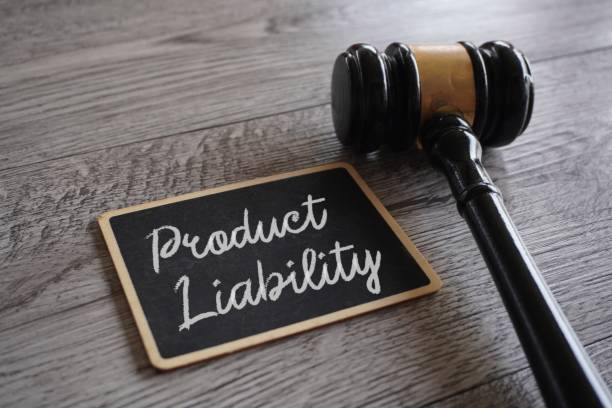Recent trends and developments in product liability law are significantly influencing the legal landscape, encompassing evolving regulations, impactful court decisions, consumer protection measures, and risk management strategies.
From emerging product defects to shifts in consumer expectations and technological advancements, staying informed about these trends is crucial for businesses to navigate the complexities of product liability claims effectively. Understanding these dynamics is essential for ensuring compliance and mitigating risks associated with liability claims.
Evolving Regulations
In recent years, the landscape of product liability law has been significantly influenced by the continuous evolution of regulations surrounding consumer safety and accountability. Regulatory changes and advancements in industry standards have played a pivotal role in shaping the legal framework governing product liability.
Introducing new regulatory requirements has compelled manufacturers to enhance their focus on product safety and quality assurance processes. Stricter regulations aim to minimize consumer risks and hold companies accountable for any harm caused by their products.
Compliance with these evolving regulations has become paramount for businesses to mitigate legal liabilities and uphold their reputation in the market. Furthermore, industry standards have been progressively revised to align with the changing regulatory landscape.
Companies must adhere to these standards to ensure that their products meet the necessary safety benchmarks. Failure to comply with industry standards exposes businesses to legal risks and jeopardizes consumer trust and brand credibility. Staying abreast of regulatory changes and industry standards is imperative for organizations operating in today’s complex product liability environment.
Impactful Court Decisions
Court rulings on product liability cases have significantly shaped legal interpretations and responsibilities for manufacturers and consumers. Landmark rulings in product liability law have played a crucial role in defining the obligations of manufacturers towards consumers. For instance, the case of MacPherson v. Buick Motor Co. in 1916 established the principle of negligence that manufacturers owe to their customers, even without a contractual relationship.
This ruling set a legal precedent that has influenced numerous product liability cases since then. Similarly, as articulated in the case of Greenman v. Yuba Power Products in 1963, the doctrine of strict liability in tort has been another pivotal legal development.
These impactful court decisions have influenced how manufacturers design, produce, and market their products and heightened consumer protection standards. As such, staying informed about these legal precedents is essential for both manufacturers and consumers navigating the complex landscape of product liability law.
Emerging Product Defects
As the landscape of product liability law evolves, a critical focus is now directed toward identifying and addressing emerging product defects. Manufacturers are under increasing pressure to uphold safety standards and ensure their products meet consumers’ expectations. The rise in emerging product defects has led to a surge in product recalls to mitigate potential risks and liabilities.
One of the key challenges manufacturers face is staying abreast of changing safety standards and regulations to prevent product defects. Failure to meet these standards poses a threat to consumer safety and exposes companies to legal repercussions. As technology advances and new materials are introduced into products, the complexity of identifying and addressing emerging defects becomes more pronounced.
In response to these challenges, companies invest more resources in quality control measures and proactive testing to detect defects early on. By prioritizing product safety and compliance with safety standards, manufacturers can reduce the likelihood of defects that may lead to costly recalls and legal disputes.

Leave a Reply